<--- Back to Details
| First Page | Document Content | |
|---|---|---|
 Date: 2014-10-26 14:41:37Zoology Bufo Toads Long-toed Salamander Garter snake Western toad Salamander Frog Amphibians and reptiles of Olympic National Park Herpetology Thamnophis Fauna of the United States |
Add to Reading List |
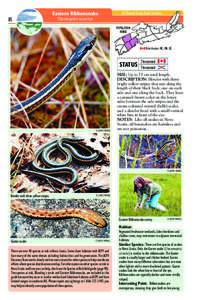 | Eastern Ribbonsnake 85 NS General Status Rank: Sensitive Thamnophis sauritusDocID: 1uO9V - View Document |
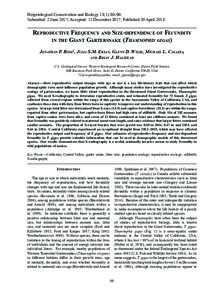 | Reproductive frequency and size-dependence of fecundity in the Giant Gatersnake (Thamnophis gigas)DocID: 1ueo3 - View Document |
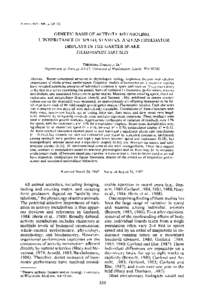 | Evolution. 42(2), 1988,ppGENETIC BASIS OF ACTIVITY METABOLISM. I. INHERITANCE O F SPEED, STAMINA, AND ANTIPREDATOR DISPLAYS IN THE GARTER SNAKE THAMNOPHIS SIR TALISDocID: 1tdXT - View Document |
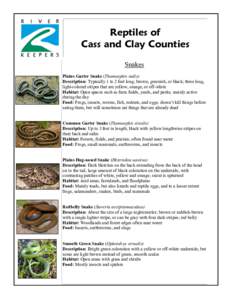 | Reptiles of Cass and Clay Counties Snakes Plains Garter Snake (Thamnophis radix) Description: Typically 1 to 2 feet long; brown, greenish, or black; three long, light-colored stripes that are yellow, orange, or off-whiteDocID: 1rIvw - View Document |
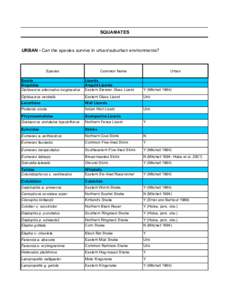 | SQUAMATES URBAN - Can the species survive in urban/suburban environments? SpeciesDocID: 1rfuV - View Document |
 2006 Update: Amphibians and Reptiles
2006 Update: Amphibians and Reptiles